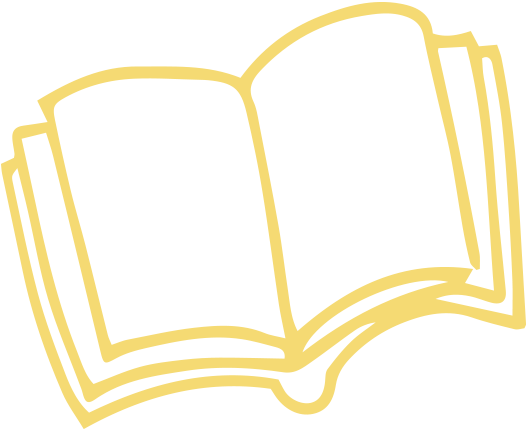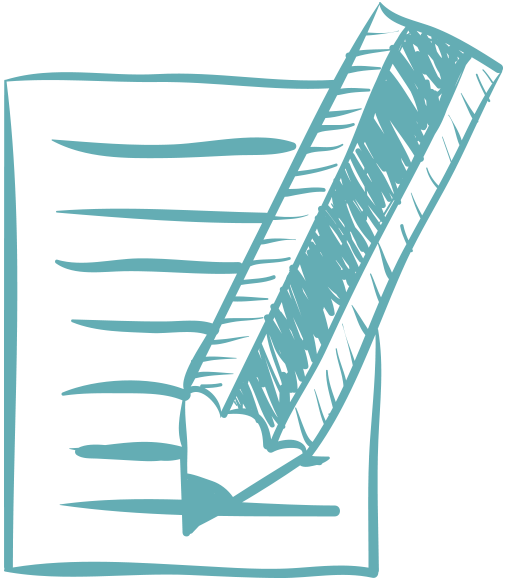In this topic, you are going to practice how to use “connectors of sequence” to express, stories in a coherent way.
To do that, you are going to use linking words like: first, then, when, while, and, after that, later, afterwards and finally.

By the end of the topic you will use sequence connectors to organize coherently daily event narratives by means of anecdotes.
Diagnosis evaluation

https://pixabay.com/en/light-bulb-idea-consider-know-1002783/
Before you start practising "Connectors of sequence" it's essential that you try to remember something you may know. In that way, you can relate the new information with your prior knowledge, and so you will learn in a better and easier way.
This time you are going to try to complete two texts using the appropriate sequence connector. For this exercise, don't worry if you aren't sure about the answers. You can even omit any response you don't know. It is a diagnostic evaluation. So, you don't need to complete all the exercise. Complete only with the answers, you know. Do not use any extra help. Remember, it is an exploration of your prior knowledge.
Look at the pictures and complete each text with the appropriate connector. The first letter of each connector is given as extra help.
Anthropology Museum

Calendario azteca
https://pixabay.com/en/the-aztec-calendar-mexico-stone-204821/
A birthday party

Pastel
https://pixabay.com/en/birthday-cake-cake-birthday-380178/
In the first activity, you tried to remember something you may know about connectors of sequence. Now, you are going to watch a video presentation to learn about that topic.
Watch the video carefully. You can watch it as many times as necessary.
You can pause it when you consider necessary to better understand the content.

Excercise
Now that you watched the video about connectors of sequence, you can answer the following exercise. Choose the appropriate connector of sequence to complete each idea correctly.

Activity 1
In the content presentation, you learned about linking words which give coherence to a text. Now, you are going to read a story about a person who played an essential role in a social movement in the United States. You must understand the order of the events so that you know in a better way the general idea of a text.
Read the following information about Rosa Parks and answer the exercise. When you finish, click on check answers to verify if you provided the correct responses.

Alto al racismo
https://pixabay.com/en/racism-race-ethnicity-human-people-2099029/

Activity 2
To continue practising connectors of sequence, this time you are going to listen to some stories about people who went on vacation. Pay attention which activity happens first and which one happens later. After you listen to each story, order the events in chronological order according to the audio to make a coherent story.

https://pixabay.com/en/antigua-caribbean-exotic-sea-2042824/

https://pixabay.com/en/guanajuato-mexico-colonial-1241466/

https://pixabay.com/en/avenue-queretaro-mexico-170390/

Activity 3

Writing
https://pixabay.com/en/writing-hand-notes-holding-pen-1209700/
In this topic, you are working with connectors of sequence. Remember that they are those words which link our ideas so that our stories have coherence, and so people can understand them more accessible. In this exercise, imagine you work for a touristic magazine, and your job is to write a short review of a beautiful place to visit. You have to say that you went to that place and you need to explain everything you did so that people get that you had a good time. Include a picture of the area to make the activity more realistic. Remember to use connectors of sequence and consider this rubric. You also have to include the following information:
Connectors: while, when, first, next, finally, At first, later, when, in the end, afterwards.
Your text should be between 250-300 words.

Activity 4

Globos
https://pixabay.com/en/art-balloons-birthday-bright-1869269/
In the content presentation, you learned about connectors of sequence. Remember that we used those linking words so that people understand what we say. You need to imagine that you are talking to your group of friends and you remember anecdotes. It’s your turn to speak, and you have decided to talk about a special birthday. Consider the following questions when you record our audio.
1. Whose birthday was it?
2. What did first do when you got to the party?
3. Who went to the party?
4. What was funny about it?
5. Where was the party?
6. When was the party?
7. How did you arrive at the party?
8. How long did the party last?
9. What happened in general?
10. When did the party finish?
Don’t forget to use connectors of sequence when talking about your anecdote:
while, when, first, next, finally, At first, later, When, in the end, afterwards.
If you need to look up any word in a dictionary, we suggest you visit the Cambridge Dictionary. You can see the definition and also the pronunciation of any word, in case you need it.
Cambridge DictionaryPrepare what you are going to say before you record, but DO NOT read while recording. The idea is that you try to speak; this is not a reading activity.
Your audio should last between 1-2 minutes.
Remember to consider the rubrics to evaluate yourself and don’t forget to use connectors of sequence.
Example
Initially, you worked with some texts which you have to complete with the correct connector of sequence. Drag the word to complete the sentences.
My grandma

abuela
https://pixabay.com/en/grandma-pensioners-portrait-old-499167/
Mischievous cousins

niños
https://pixabay.com/en/children-boy-girl-young-innocent-82272/
• McCarthy M. Dell, F. (2010). Advanced Vocabulary in Use. Cambridge: Cambridge University Press.
• Murphy, R. (2006).Advanced Grammar in Use, A Self Study Reference and Practice Book for Advanced Students of English. Cambridge: Cambridge University Press.
• Murphy, R. (2007). Intermediate Grammar in Use, A Self Study Reference and
Practice Book for Intermediate Students of English. Cambridge: Cambridge University Press.
• Sellen, D. (2006). Grammar Tour. A Reference and Practice Grammar for Elementary to Intermediate.Italy: Black Cat.